As strategic partners, the European Union (EU) and Canada have much to discuss at the summit, taking place on November 23-24 in Canada. However, raw materials are of particular concern.
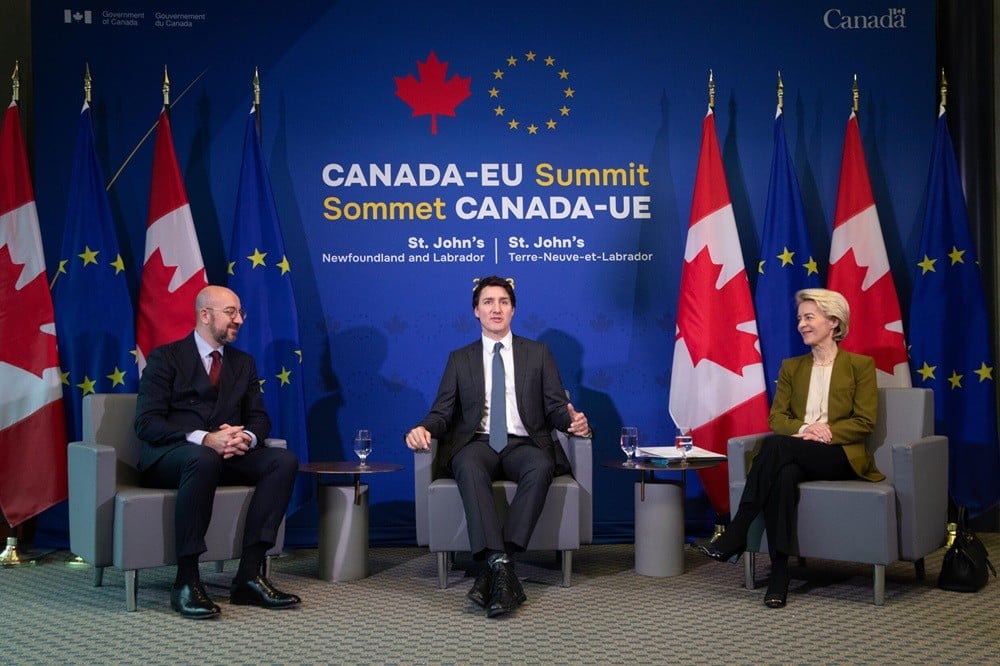 |
| From left to right: European Council President Charles Michel, Canadian Prime Minister Justin Trudeau and European Commission President Ursula von der Leyen on November 24. (Source: AFP) |
In early November, the EU adopted a provisional agreement on a law identifying 34 raw materials important to Europe, 17 of which are considered strategic.
However, the EU has long been dependent on external supplies, making raw materials an “Achilles heel” that reduces Europe’s competitiveness and strategic autonomy. This becomes even more urgent when China, which supplies 98.5% of the EU’s rare earths, plans to restrict exports.
To ensure a stable supply chain, the EU Raw Materials Act identifies the need to find reliable partners. As the country with the longest formal relations with the EU among developed industrial countries, Canada is a natural choice.
The advantage here is first of all that the EU-Canada strategic partnership has a solid foundation based on two important agreements: the Comprehensive Economic and Trade Agreement (CETA) which governs economic relations and the Strategic Partnership Agreement (SPA) which defines the framework for political, foreign and security cooperation between the two sides.
In addition, Canada is the EU's leading trade and investment partner. In 2022, trade in goods and services between the two sides reached $147 billion. As of 2022, Canada's direct investment in the EU was worth $248.8 billion, accounting for 12.5% of Canada's total outward foreign direct investment (FDI).
Solving the raw materials problem will help the EU and Canada confidently move towards the goal set by Canadian Prime Minister Justin Trudeau: "growing the middle class, improving quality of life and building a clean economy on both sides of the Atlantic".
Source


![[Photo] Hundred-year-old pine trees – an attractive destination for tourists in Gia Lai](https://vstatic.vietnam.vn/vietnam/resource/IMAGE/2025/4/17/25a0b7b629294f3f89350e263863d6a3)
![[Photo] President Luong Cuong receives Lao Prime Minister Sonexay Siphandone](https://vstatic.vietnam.vn/vietnam/resource/IMAGE/2025/4/17/337e313bae4b4961890fdf834d3fcdd5)
![[Photo] President Luong Cuong receives UN Deputy Secretary General Amina J.Mohammed](https://vstatic.vietnam.vn/vietnam/resource/IMAGE/2025/4/17/72781800ee294eeb8df59db53e80159f)
![[Photo] General Secretary To Lam attends conference to meet voters in Hanoi city](https://vstatic.vietnam.vn/vietnam/resource/IMAGE/2025/4/17/889ce3da77e04ccdb753878da71ded24)
![[Photo] President Luong Cuong receives Kenyan Defense Minister Soipan Tuya](https://vstatic.vietnam.vn/vietnam/resource/IMAGE/2025/4/17/0e7a5185e8144d73af91e67e03567f41)
![[Photo] Prime Minister Pham Minh Chinh and Ethiopian Prime Minister visit Tran Quoc Pagoda](https://vstatic.vietnam.vn/vietnam/resource/IMAGE/2025/4/17/18ba6e1e73f94a618f5b5e9c1bd364a8)





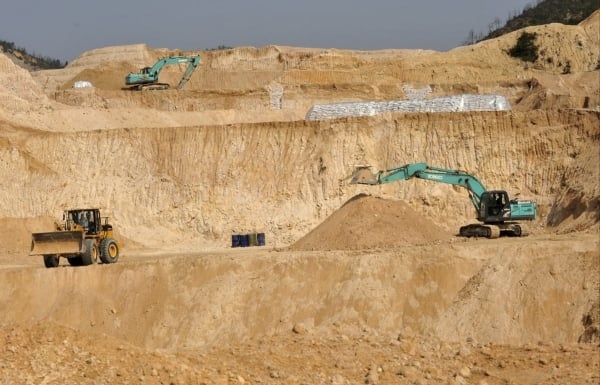

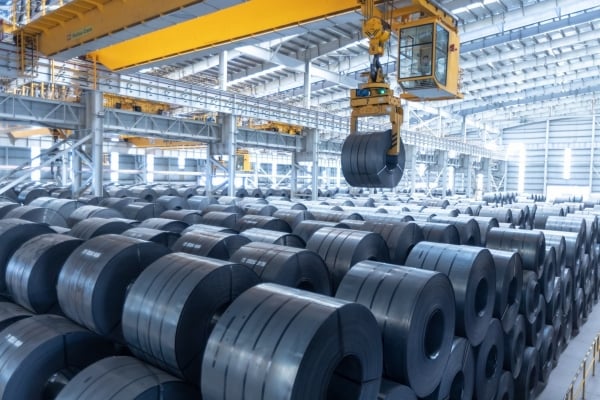
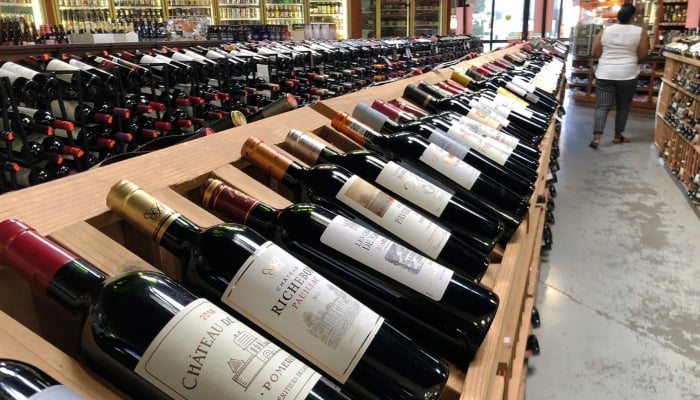


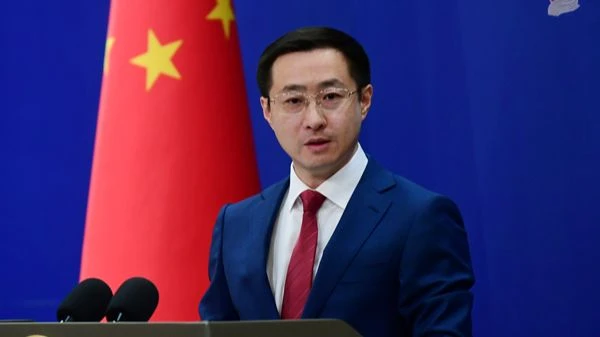
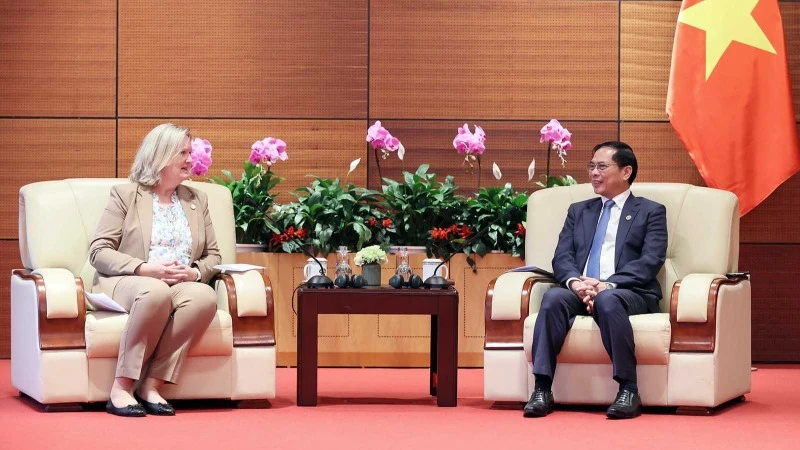
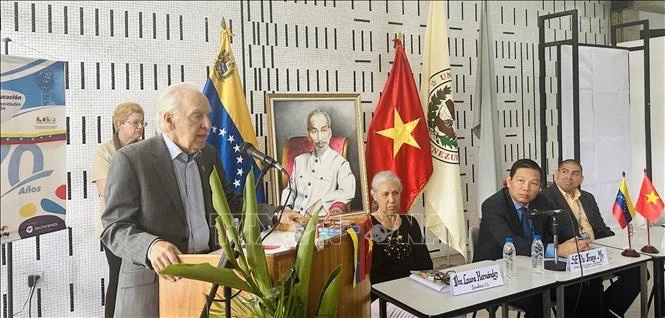
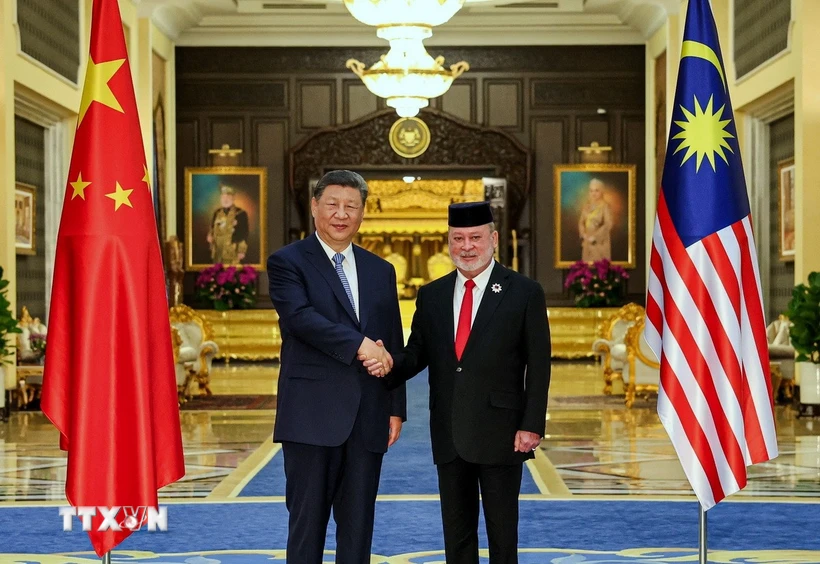
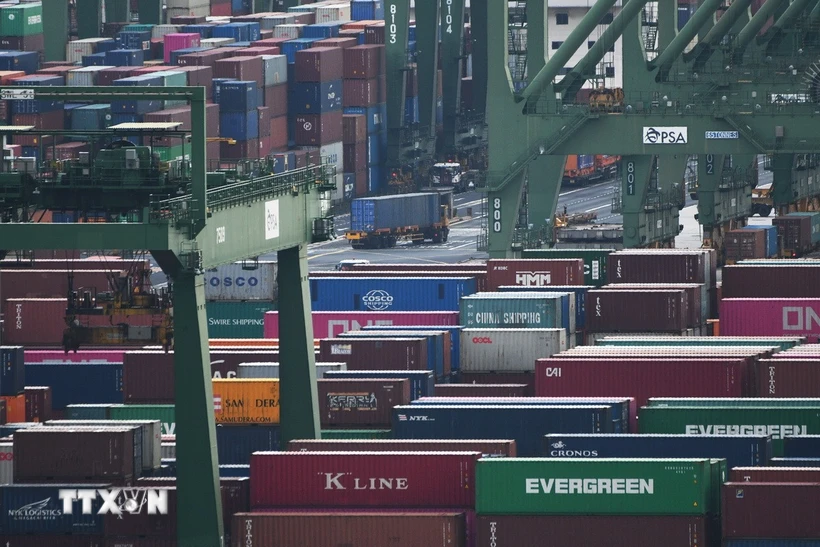






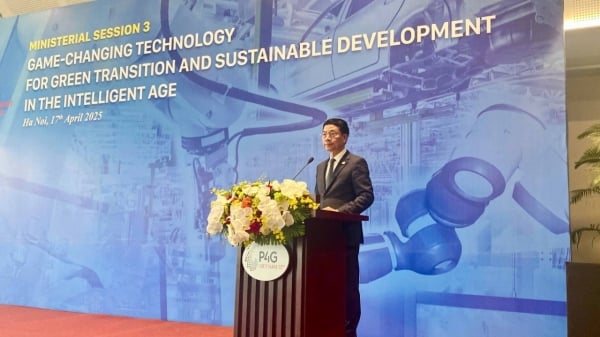
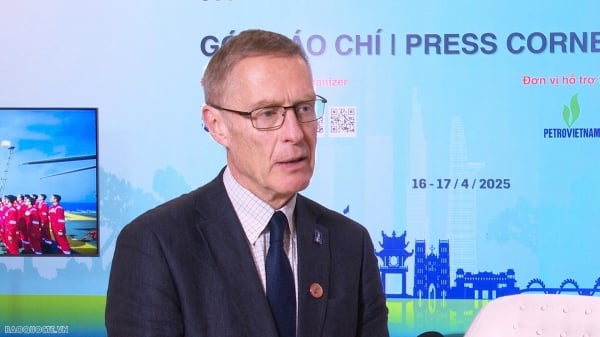

























![[Video] Viettel officially puts into operation the largest submarine optical cable line in Vietnam](https://vstatic.vietnam.vn/vietnam/resource/IMAGE/2025/4/17/f19008c6010c4a538cc422cb791ca0a1)

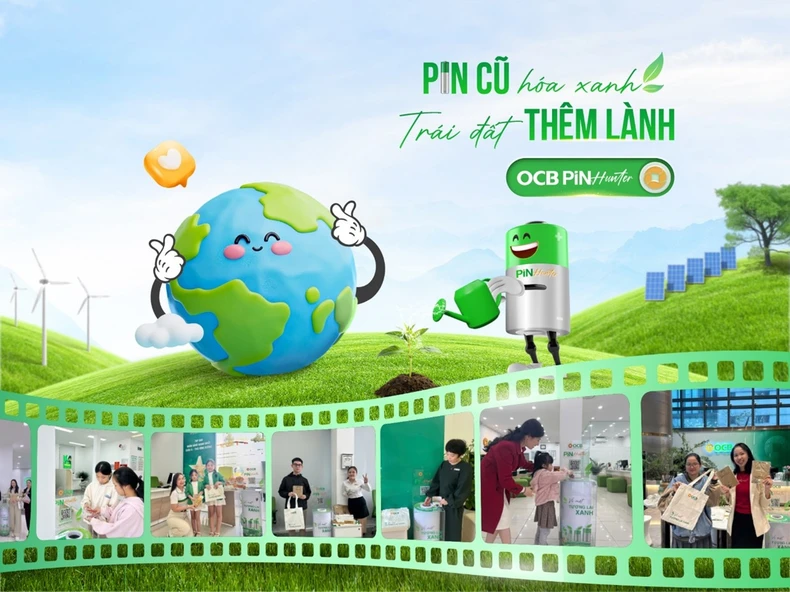







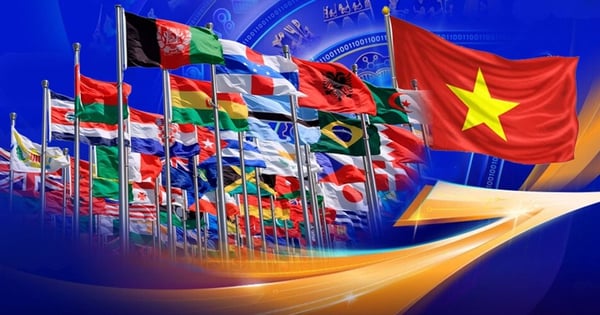
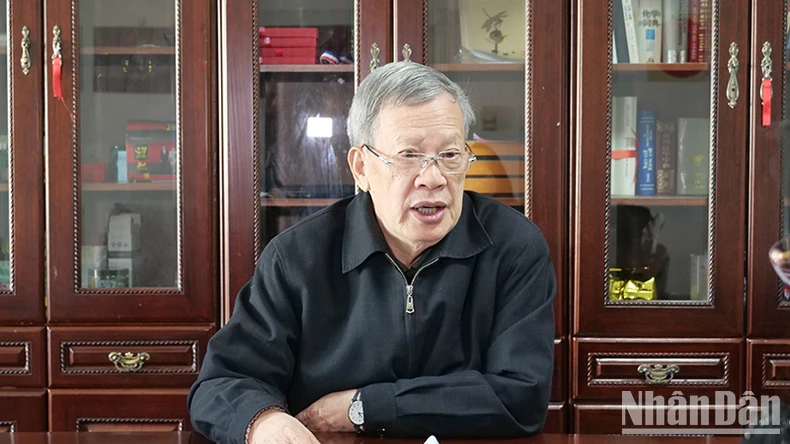



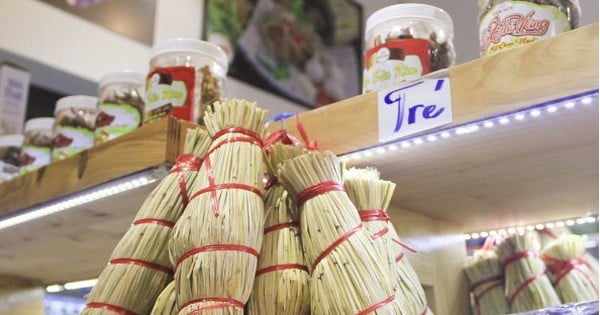
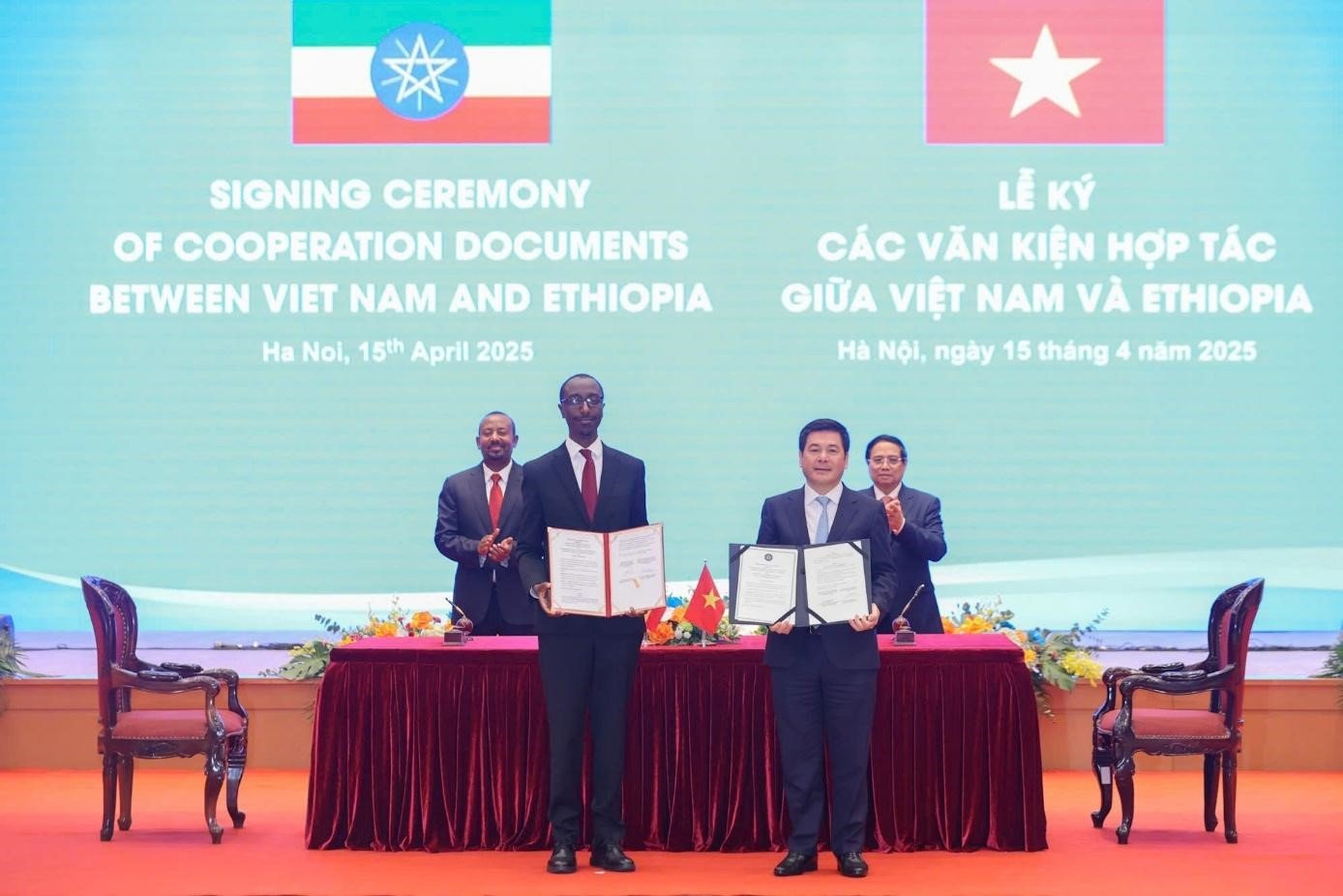


















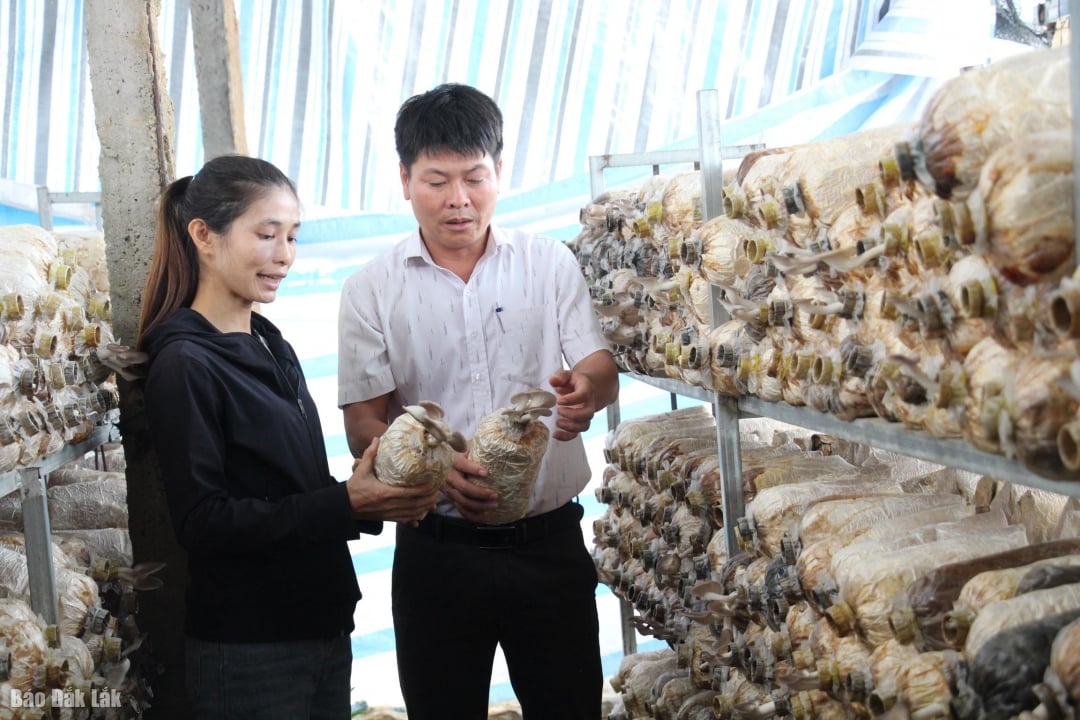

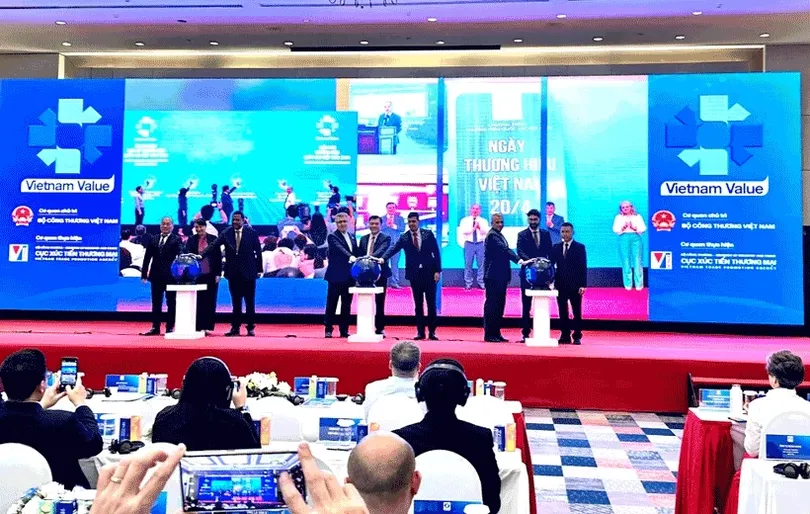




Comment (0)